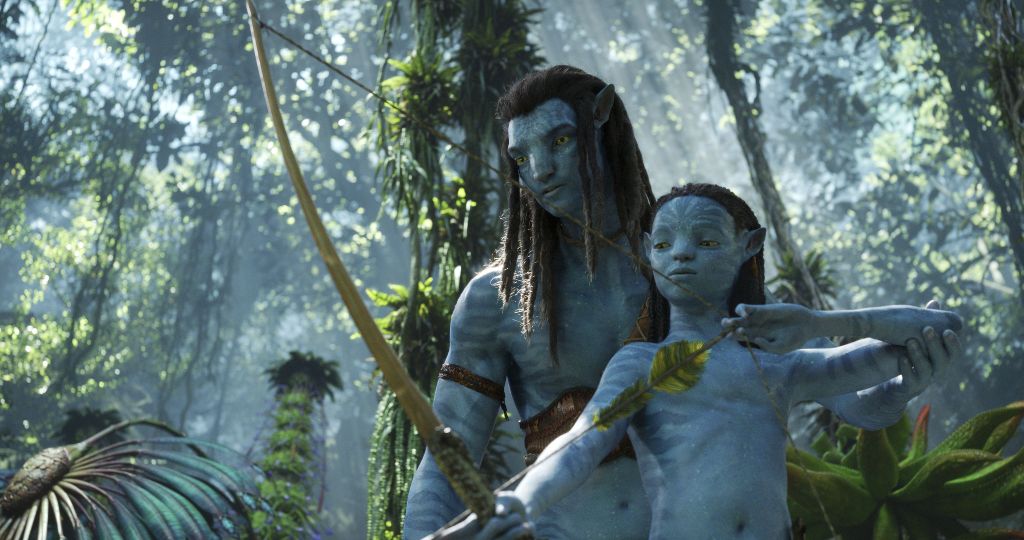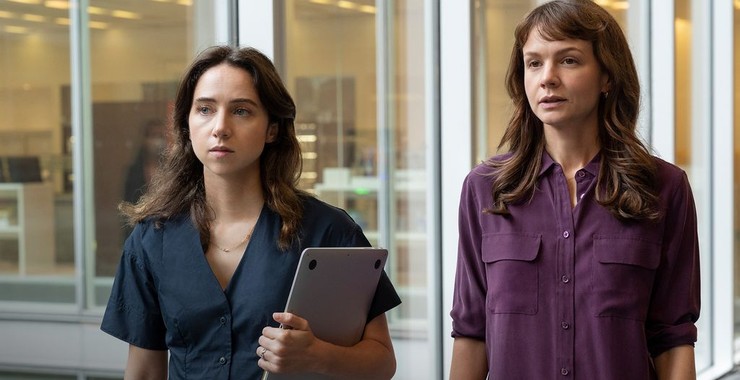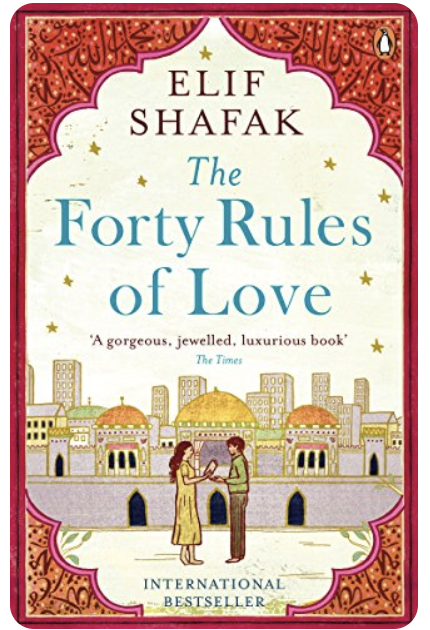
I thought I’d join the bandwagon of top ten lists (partly so I can remind myself as to what I saw, experienced and did this year other than movies).
Feel free to offer up your own versions of this hit list.
Books.
This has been a year of a massive amount of reading. And listening. Since I’m a wannabe 10,000 steps/day person, there’s a lot of early morning crack of dawn hours spent listening to stuff. I usually give books I can’t stand about two hours.
So category number one: Books I Really Couldn’t Finish.

The Seven Moons of Mali Almeida by Shernan Karunatilaka. It’s set in Sri Lanka; narrated by a dead guy searching for his murderer. Sounds great. It won the Booker as well. Sounds important. The political background of the story would have been superb for a Guardian three page read. But for a 300 page book, I simply couldn’t sustain the interest. None of the characters engaged me.
Some of My -recent- personal Best:
The Fourty Rules of Love by Elif Shafa. (See main image) This weaves two stories told by multiple storytellers. Elif, the author is the overall storyteller. One story is of a depressed married mother of three whose husband is a serial philanderer and whose family mainly take her for granted. When she takes on a job as a reader for a small publishing house, she becomes engaged in the story of Rumi, the thirteenth century Persian Sufi poet whose story, written by a nomadic Scottish photographer, is told through the stories of the people who interact with a nomadic dervish, himself a teller of stories and who may be a version of the photographer. Her life is changed. That’s what stories can do.
The Exhibitionist. Charlotte Mendelson.
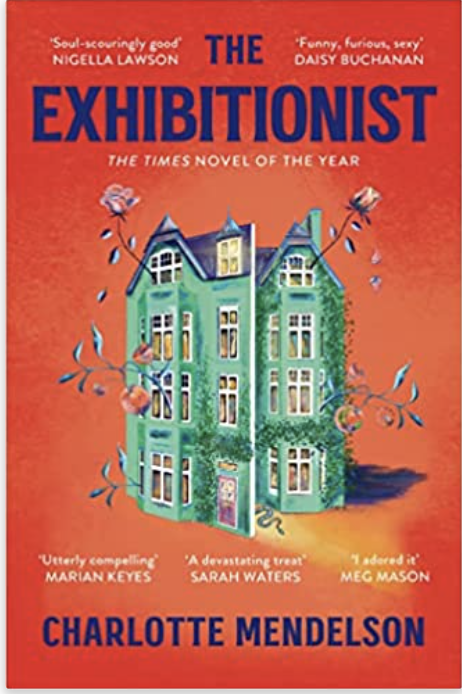
He is a fading, once revered artist, who has run out of ideas. She – his wife- is the up and coming new darling of the art world. A commission for the Venice biennale is in the offing, But with every success, he grows more envious, nastier, more overbearing…seeking to mansplain his resentments across their family, forcing them to make absurd choices. It’s a stunning profile of two embattled persons
Act of Oblivion. Robert Harris.

Set in the seventeenth century, this thoroughly exciting (true) story is of the obsessed Richard Nayler, secretary of the regicide committee of the Privy Council. He’s hot on the trail of two of Oliver Cromwell’s men, Edward Whaley and William Goffe. Nayler’s mission is to capture or kill all those who contributed to the execution of Charles I. Whaley and Goff have left their families and have fled to the Puritan areas of the US, seeking like-minded souls for protection. But the relentless Nayler drives them deeper and deeper into Indian territory and further and further away from civilisation. Compelling.
I’d also recommend The Lost Man of Bombay by Vaseem Khan.

Set in India, 1950, this is the latest in the series of murder mysteries (the Malabar House Mysteries) that focus on the unlikeliest of detectives: a -young- woman. Women in the post colonial Indian police department were rare and sneered at. But when a dead, almost naked white man turns up at the entrance of a tunnel in the Himalayas, you know something’s afoot. They send this young woman, assuming she’ll fail to find the killer and therefore be their handy scapegoat. They were wrong.
And definitely worth reading: My Last Supper by Jay Rayner. Food, restaurants and his autobiography. Taste by Stanley Tucci. See Jay Rayner. Lessons in Chemistry by Bonnie Garmus. Eccentric Female chemist takes on misogyny. Bad Actors by Mick Herron. Jackson Lamb and bunch bunch of misfits take down spies. The Every by David Eggers. Facebook on steroids. Behind the Scenes at the Museum by Kate Atkinson (her first). Six generations of an English family. The Anomaly by Herve le Tellier. A flight both arrives and also disappears only to reappear six months later. Doppelgängers abound. Piranesi by Susanna Clarke. Dystopia in a world submerged (that’s not Waterworld)
For non-fiction: I’m presently writing a book. So I’m reading a ton of books (and source material) on West Indian history (and its food). Which kinda takes up all the time. But I did enjoy What We Owe the Future by Scottish philosopher and ethicist William MacAskill.

It’s a fascinating probe into how our acts in the present shape us and the futures we create, both at the personal/micro and at the macro levels. The most fundamental act we owe the future is our care for the planet. Well, we sure screwed that one up.
I tried very hard (because it was recommended to me by someone who’s truly, deeply clever) but couldn’t be arsed to plough through Hannah Arendt’s The Origins of Totalitarianism
I discovered two tremendous poets: Trinidadian Roger Robinson (A Portable Paradise).
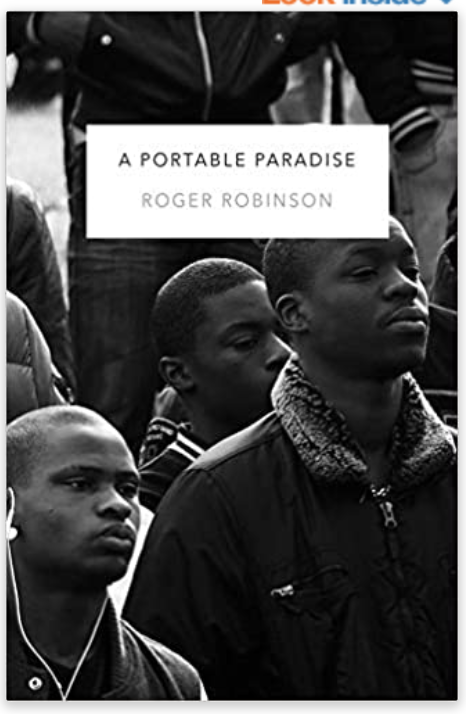
Here’s his short haiku that summarizes so much. It’s called Beware
When police place knees
at your throat, you may not live
to tell of choking
And there’s a young, Jamaican, Ishion Hutchinson. Here from Far District, his tale of survivor’s guilt.
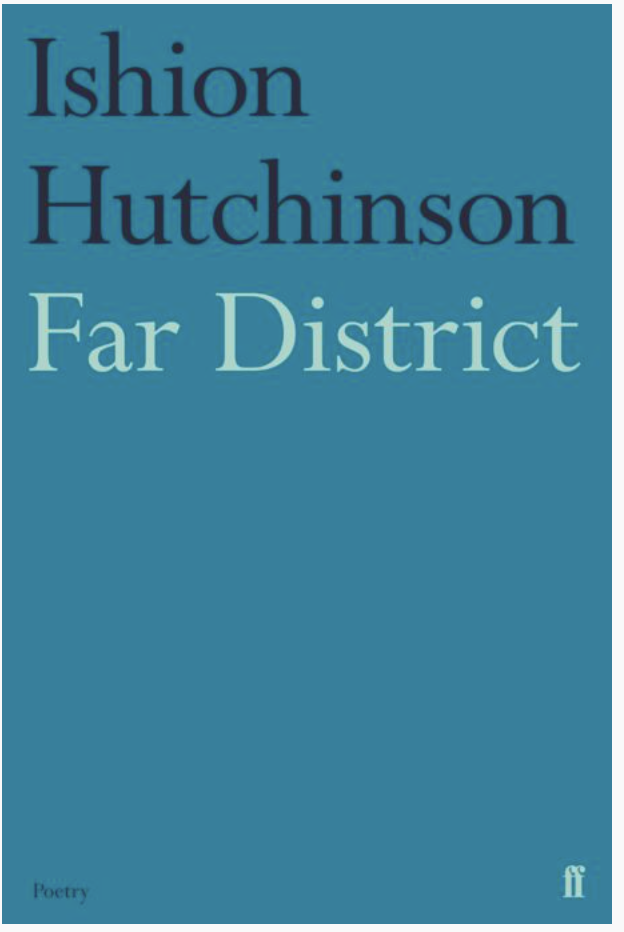
The haunting beginning to Bones Be Still:
I see murmuring bones in still water,
awaiting the final rites to rest
O undead, father’s bones,
make the Atlantic your home,
but they wail and curse
We were sacrificed
to give you life
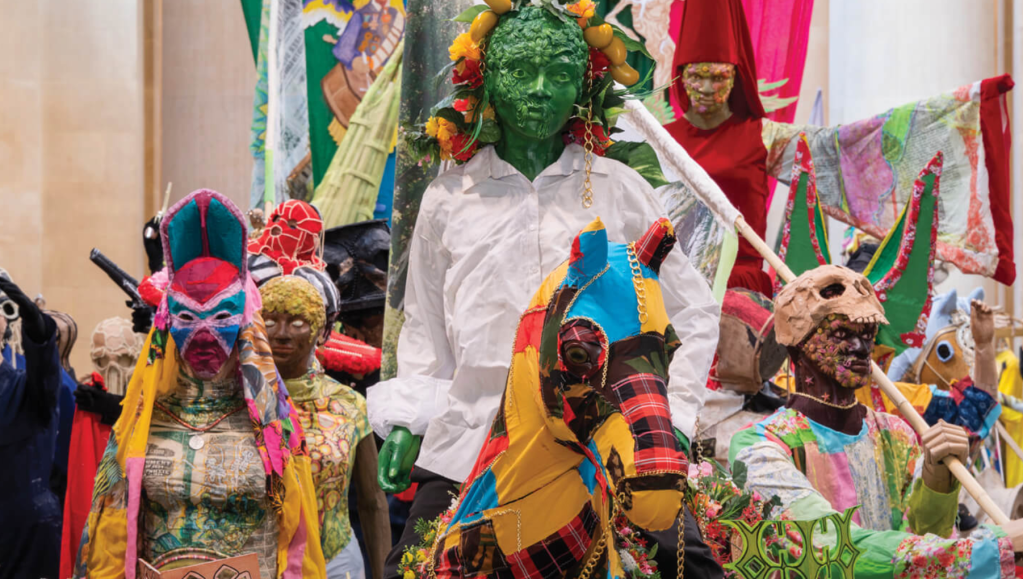
The outstanding art exhibition for me was that of Guyanese sculptor, Hew Locke, entitled The Procession and staged in the vast atrium of Tate Britain. The exhibit brings together about two hundred slightly larger than life figures from an imagined carnival band. They carry vast banners, they ride imperiously on horses, many wear masks, some of skulls; a bacchanal of ghosts in a procession through a history of slavery and colonialism. Awesome

At Sadlers Wells (dance), Jasmin Vardimon’s Alice blended dance with projections and what felt like pure magic. Not so much the story of Alice, but definitely a step into the looking glass

